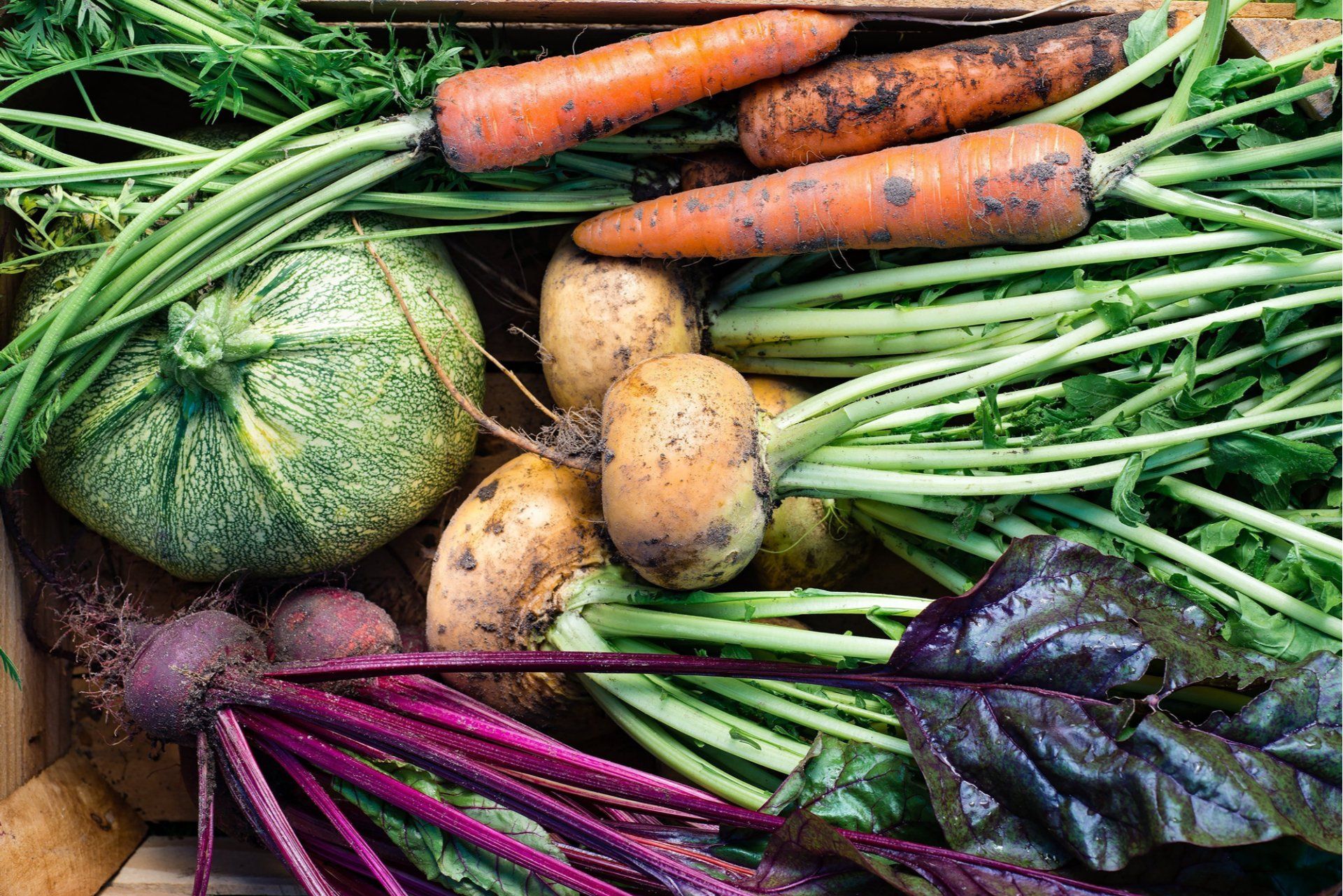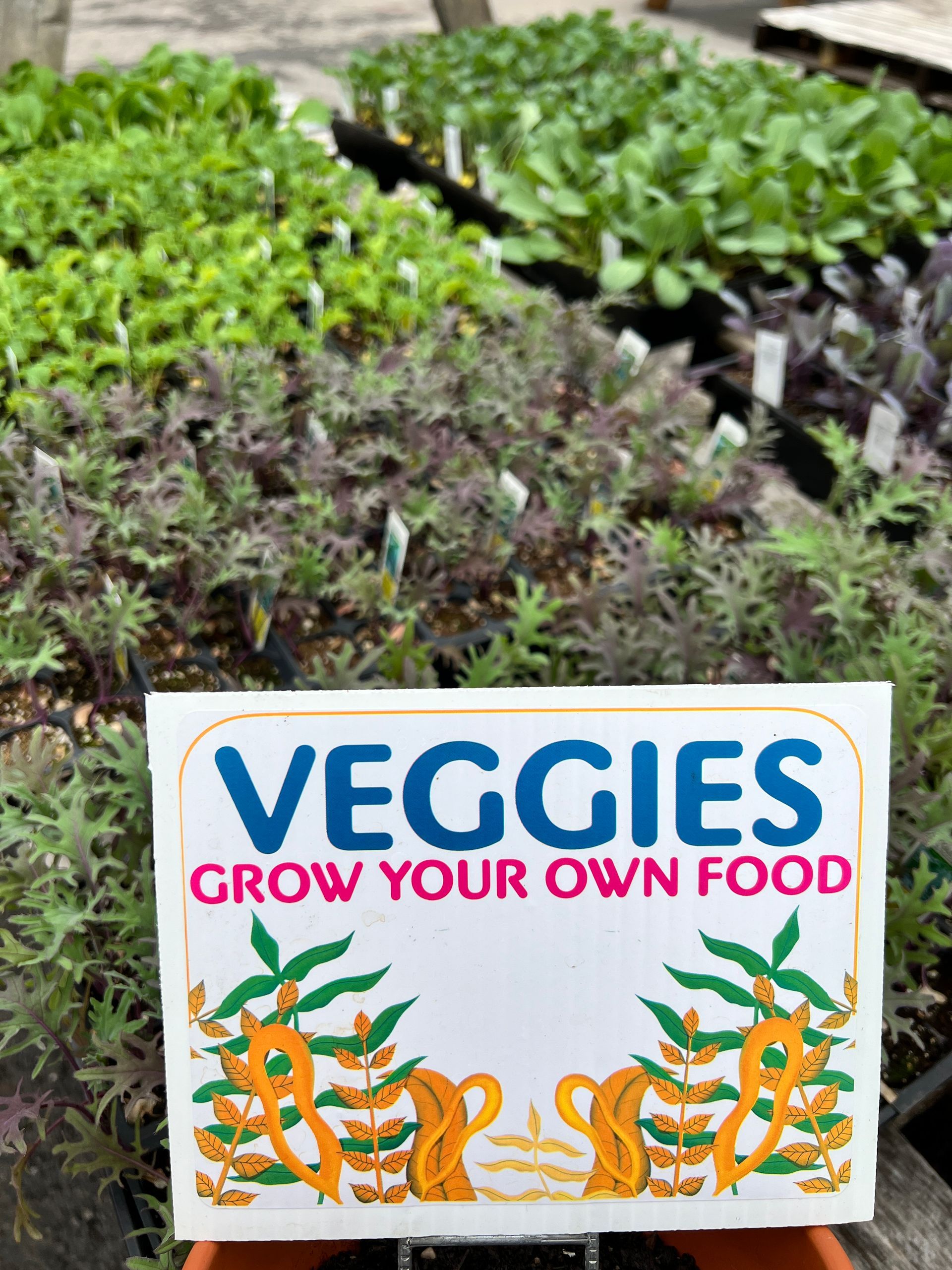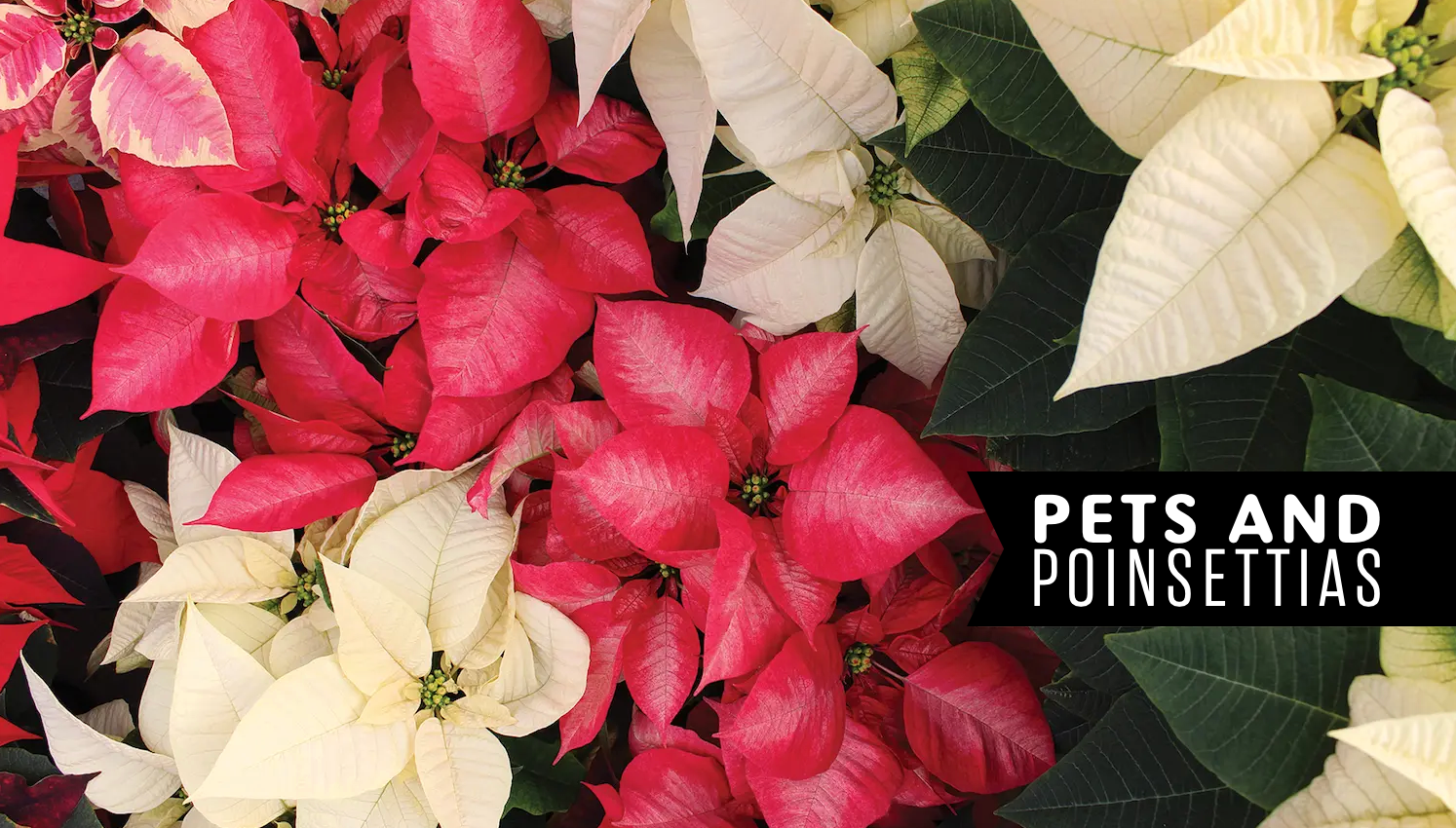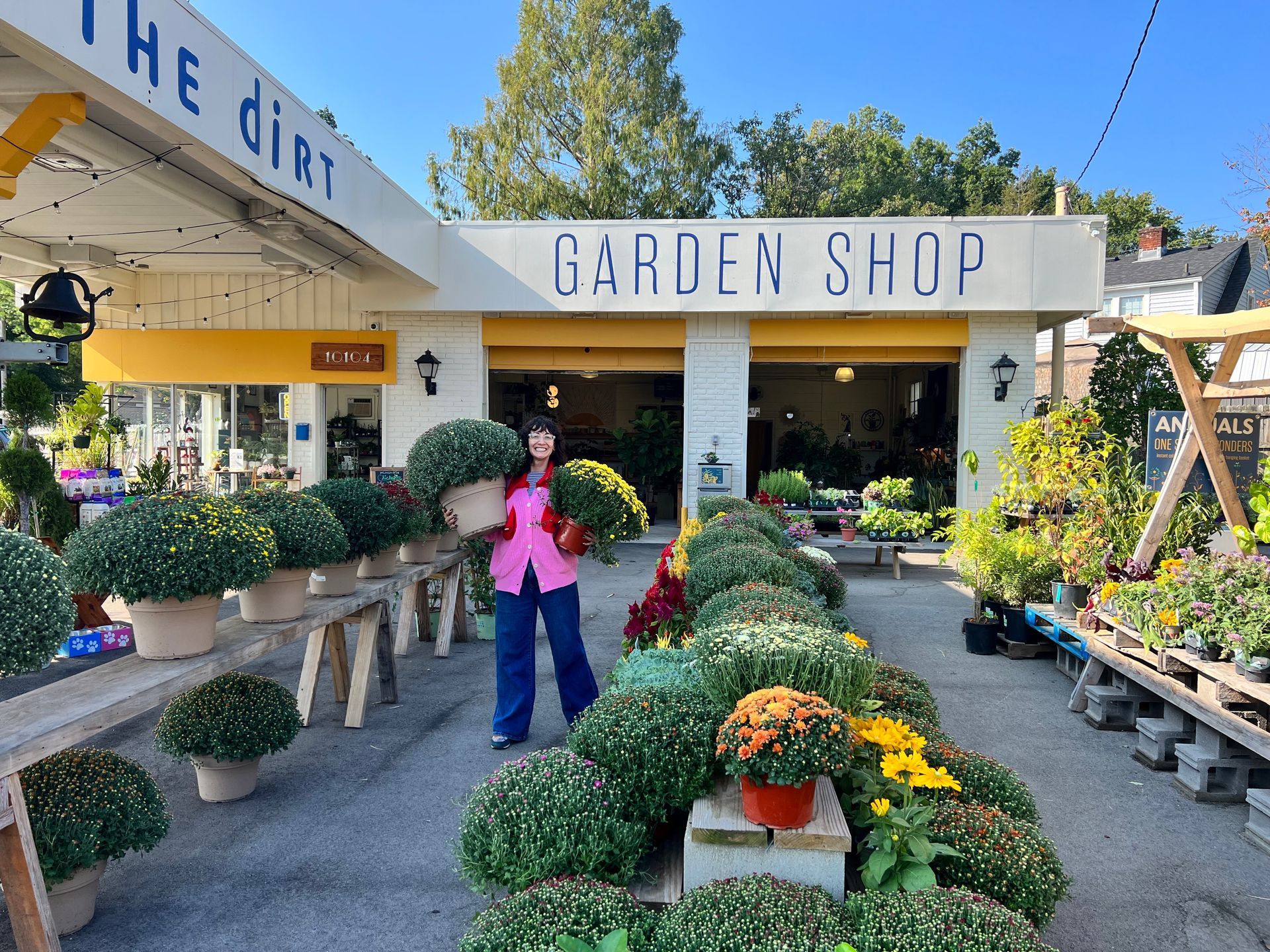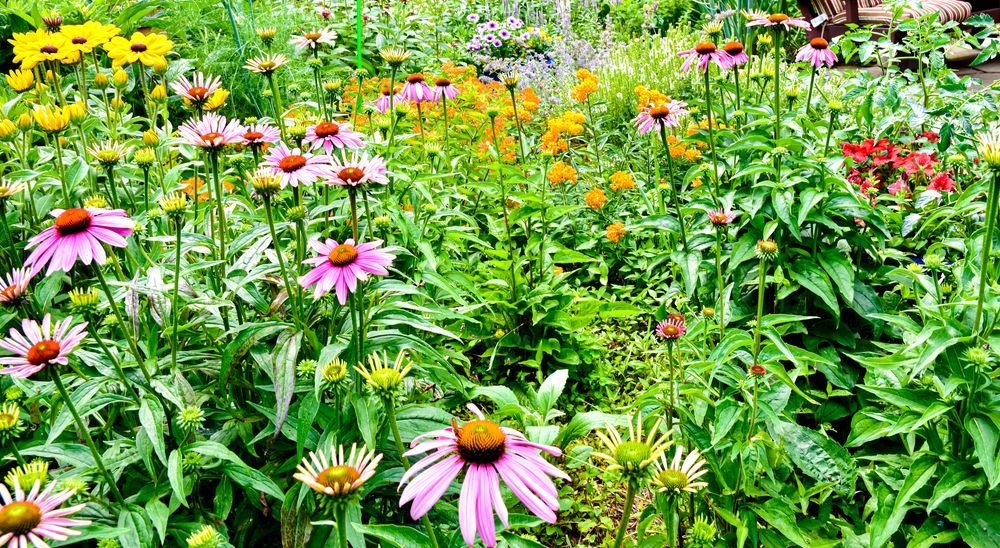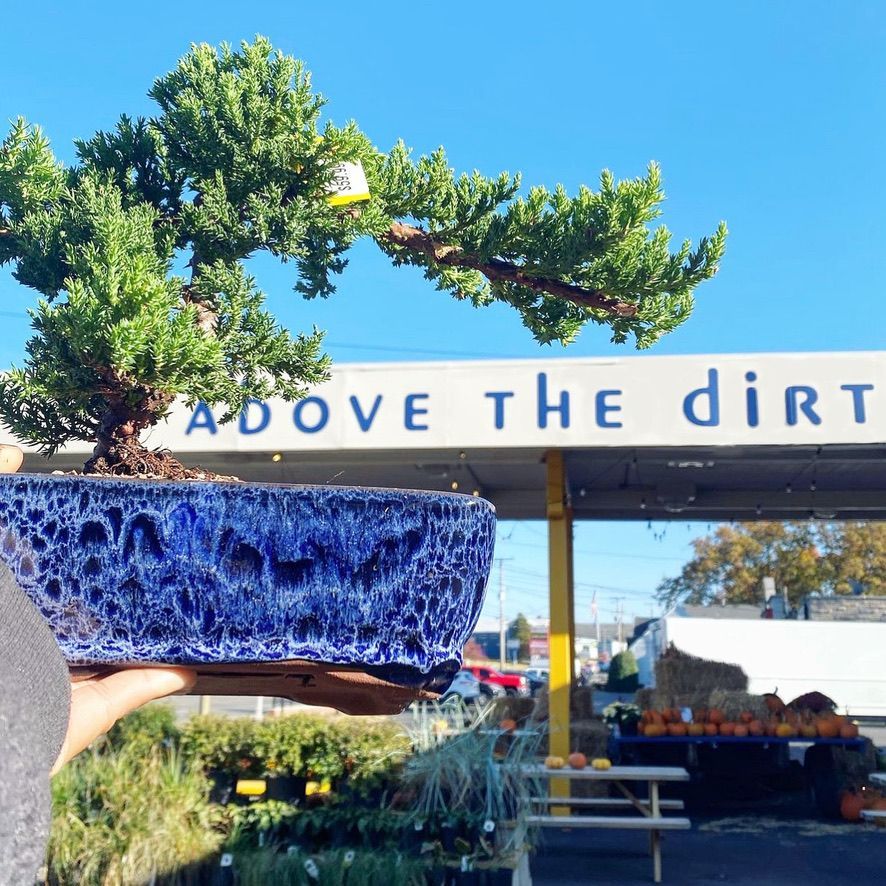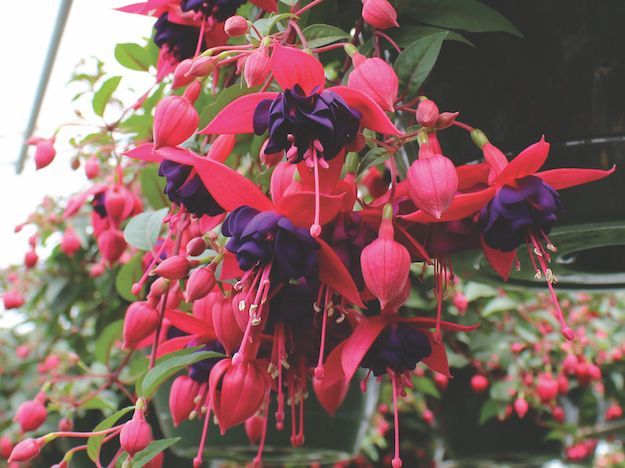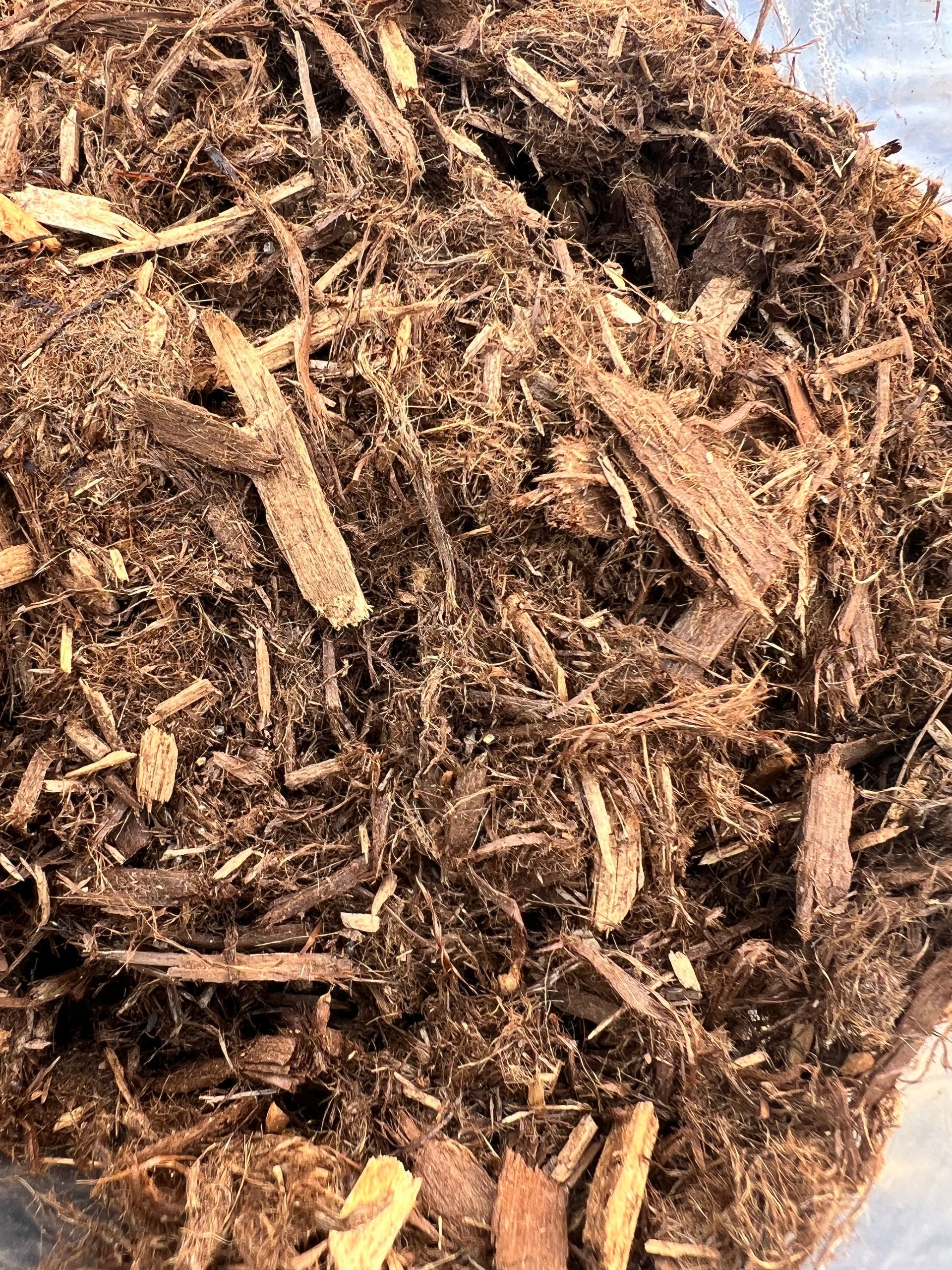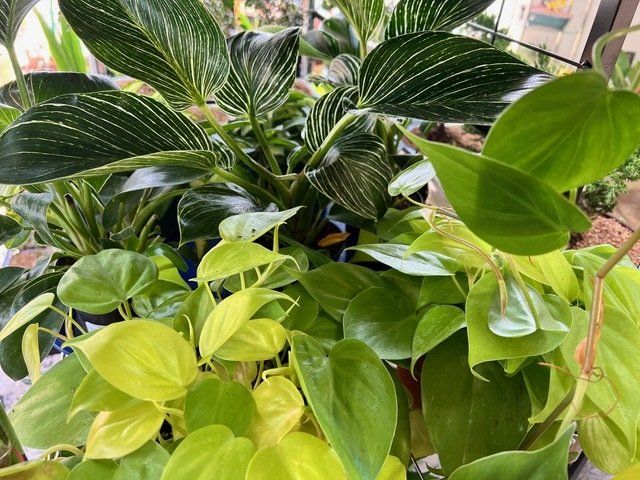HOT, HOT SUMMERS
HOW TO KEEP PLANTS COOL AND HAPPY!
Ah, summer! The season of beach trips, ice-cold lemonade, and the unmistakable scent of sunscreen. But while we humans have a variety of ways to keep cool, our green friends often need a little extra TLC to make it through those scorching days. Whether you're a seasoned gardener or just dabbling in some houseplant love, here’s a fun guide to help your plants survive and thrive in the summer heat.
PERENNIALS: THE RELIABLE RETURNERS
Perennials are like the old friends who come back every year, no matter what. They’re hardy, but even they can feel the heat. Native perennials can be much more drought tolerant, but if it is their first year being planted or we are having lengthened drought conditions they still may need some extra care!
Watering Recommendations:
- Morning Showers: Water your perennials in the early morning. This gives them a chance to drink up before the sun gets too intense, and it reduces the risk of fungal diseases.
- Deep Drinks: Water deeply and meaningfully. A long, deep drink less often is better than a quick sip every day. This encourages roots to grow deeper into the soil, making the plants more drought-resistant.
Additional Accommodations:
- Mulch Magic: A layer of mulch around your perennials helps retain moisture and keeps the roots cool. Plus, it adds a nice, tidy look to your garden.
- Shade Solutions: If your plants are wilting in the midday sun, consider temporary shade solutions like garden umbrellas or shade cloths. If a seedling is brand-new - a lawn chair works wonders : )
ANNUALS: THE ONE SEASON WONDERS
Annuals live fast and bloom beautifully, but they need a bit more pampering to stay vibrant in the summer heat.
Watering Recommendations:
- Consistent Hydration: Annuals often have shallower root systems, so they need more consistent watering. Aim for daily watering during extreme heat, but be careful not to drown them - almost no plants like soggy soil. Depending on the heat - you may need to water twice a day, just make sure there is adequate drainage.
- Check the Soil: Stick your finger into the soil up to your knuckle. If it feels dry, it’s time to water.
Additional Accommodations:
- Feed Me, Seymour: Hot weather can stress plants, making them hungry for nutrients. Use a balanced, water-soluble fertilizer every couple of weeks to keep them blooming. We have some great options at the shop!
- When it is blazing hot - even full sun annuals love a little relief from the afternoon blast of sun. A little shade helps!
HOUSEPLANTS: THE INDOOR OASIS
Even your indoor jungle can feel the effects of summer. Here's how to keep your houseplants happy when temperatures rise.
Watering Recommendations:
- Humidity Helpers: Houseplants, especially tropical ones, love humidity. This is usually easier in the summer than in the winter, but if you're AC is set to 60 degrees make sure your plant isn't in it's direct path.
- Avoid Overwatering: It’s easy to overwater in the summer. Make sure the top inch of soil (or more) is dry before giving your houseplants a drink. Not all houseplants want to be watered weekly - and most (not all) can tolerate or even prefer a longer dry period.
Additional Accommodations:
- Cool Corners: Move heat-sensitive plants away from windows that get direct sun during the hottest part of the day. A sheer curtain can also help filter the light.
- Fan Club: Good air circulation is key. Use fans to keep the air moving around your plants, which helps prevent fungal issues and keeps them cool.
- IF YOU'VE MOVED YOUR HOUSEPLANTS OUTSIDE - they probably need more shade than you think!! The outside is so much brighter than the inside - make sure to adequately protect your houseplants from sunburn with some shade!
GENERAL TIPS FOR ALL PLANTS
- Hydrate Smart: Water the soils, not the plant to minimize evaporation and ensure the roots get what they need.
- Stay Alert: Keep an eye out for signs of heat stress, such as wilting, yellowing leaves, or leaf drop. Catching these early can save your plants.
- I ain't afraid of fertilizing in summer - try our Smart Tea!
Remember, while summer can be tough on plants, a little extra care and attention can make all the difference. So, get out there, enjoy the sun, and keep your garden green and glorious! Happy gardening! 🌞🌿
